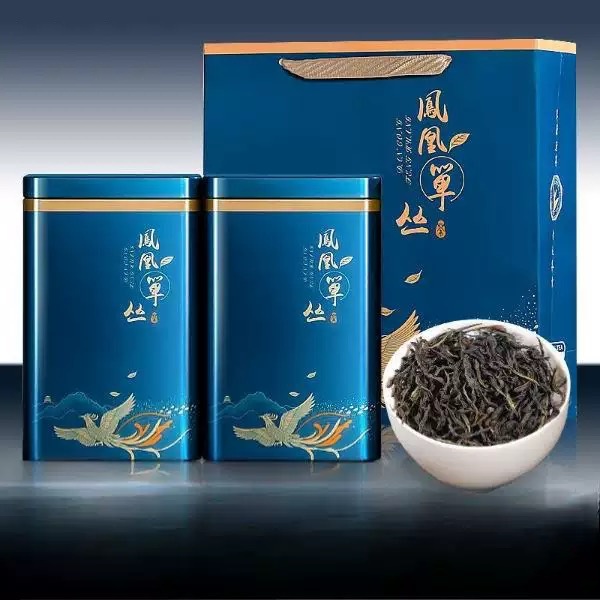
# The Origin and Historical Development of Oolong Tea
## Introduction to Oolong Tea
Oolong tea, also known as wulong tea, is a traditional Chinese tea that occupies a unique position between green and black teas in terms of oxidation. With its complex flavor profile and rich cultural heritage, oolong tea has captivated tea enthusiasts for centuries.
## The Birthplace of Oolong Tea
The origins of oolong tea can be traced back to China’s Fujian province during the Ming Dynasty (1368-1644). The mountainous regions of Fujian, particularly the Wuyi Mountains, provided the perfect environment for tea cultivation and experimentation with different processing techniques.
### The Legend of the “Black Dragon”
One popular legend attributes the name “oolong” (meaning “black dragon” in Chinese) to a tea farmer named Wu Liang. According to the story:
Wu Liang was distracted by a deer while picking tea leaves one day. By the time he returned to process the leaves, they had already begun to oxidize. Rather than discard them, he completed the processing and created a tea with unique characteristics that became known as “Wu Liang’s tea,” eventually evolving into “oolong tea.”
## Historical Development Through the Dynasties
### Ming Dynasty Beginnings
During the early Ming Dynasty, tea producers in Fujian began experimenting with partial oxidation techniques. This marked a significant departure from the traditional green tea processing methods that had dominated Chinese tea culture for centuries.
Keyword: Origin and History of Oolong Tea
### Qing Dynasty Refinement
The Qing Dynasty (1644-1912) saw oolong tea production reach new heights of sophistication. The famous “rock teas” of the Wuyi Mountains gained imperial favor, and processing techniques became more standardized.
Tea masters developed specific methods for controlling oxidation levels, creating the spectrum of oolong varieties we know today – from lightly oxidized (10-30%) to heavily oxidized (40-70%).
## Spread to Taiwan and Beyond
In the 19th century, oolong tea cultivation spread to Taiwan, where local conditions and processing innovations led to the development of distinctive Taiwanese oolongs like Dong Ding and High Mountain oolongs.
### Global Expansion
The 20th century saw oolong tea gain international recognition:
- Early 1900s: Export to Southeast Asia and Western countries begins
- 1970s-1980s: Taiwanese oolongs gain worldwide acclaim
- 21st century: Specialty oolong teas become prized by connoisseurs globally
## Modern Oolong Tea Production
Today, oolong tea is produced in several regions, each with its own distinctive characteristics:
| Region | Notable Oolong Varieties |
|---|---|
| Fujian, China | Wuyi Rock Tea, Tieguanyin |
| Guangdong, China | Dancong Oolong |
| Taiwan | Dong Ding, Alishan, Oriental Beauty |
## Conclusion
From its mythical origins in the Wuyi Mountains to its current status as a globally appreciated beverage, oolong tea has undergone centuries of refinement. Its unique processing method – neither fully oxidized like black tea nor unoxidized like green tea – creates a remarkable range of flavors and aromas that continue to delight tea drinkers worldwide.